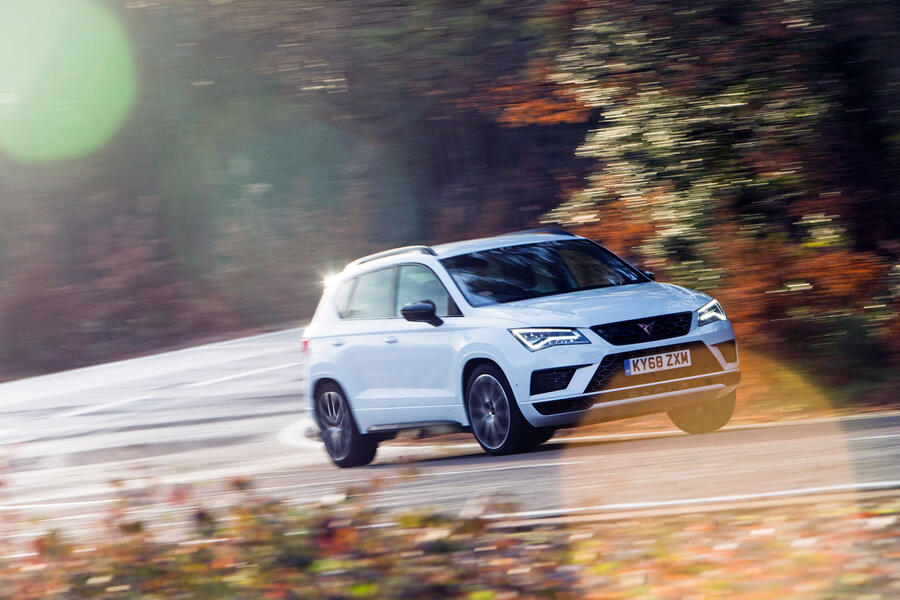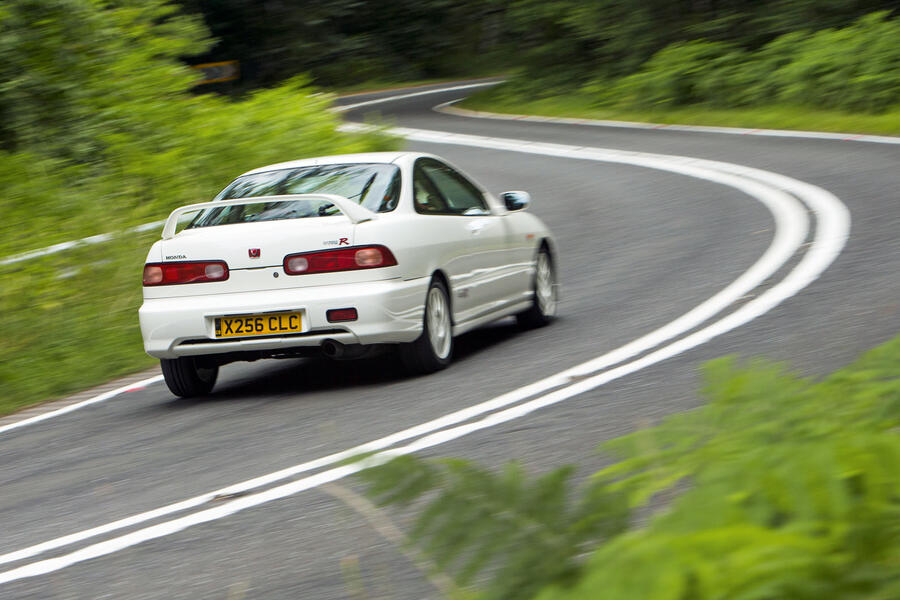Matt Prior: has performance suspension hit a bump in the road?

Sporty styling, blistering performance, sore back?A motorway journey in a new performance-inspired SUV has our tester crying out for a return to the old days
Argh. That’s it. I’m tired of swearing. Last week, I got into a Cupra Ateca, the ‘SUV with the heart of a sports car’.
I gave it the benefit of the doubt but, reader, it turns out I dislike this car. Within 200m, I had sworn about its ride quality. Within two miles, I’d had to shout over the road noise. And 70 miles of testing later, with a drive to Oxford and then Birmingham and back still to cover, I was contemplating parking it and taking my family’s 15-year-old, 110,000-mile Seat Ibiza instead.
Then I remembered that the Ateca has adaptive dampers, which would perhaps round the edge off the worst aspects of the ride, if only I’d have thought to put them in Comfort mode.
But, of course, they’d been in Comfort mode all along. It’s a car that takes a question nobody asked, and fails to answer it.

The next day, even though I had become reasonably tolerant of it and found its power and straightforward infotainment system not unenjoyable, I was happy to be swapping into a Honda Civic Type R for testing. Until I quickly realised its ride is even worse, and swore some more.
How did sporting cars get here? What is it that’s remotely enjoyable about routinely cringing every time you see a section of broken asphalt and wincing or out-loud exclaiming words that would make your parents blush if you fail to steer around a pothole? Where is the fun in that?
Then, later that day I got out of the Civic and climbed into a 20-year-old Honda Integra Type R, a car that, at the time of its launch, was considered to be quite brittle.
Today, it’s barely anything of the sort. Of course, it’s firm and well controlled (and a bit creaky like most two-decade-old cars) but, I suspect thanks to a sub-1200kg kerb weight that doesn’t need a lot of tying down, and modest 195-section tyres with 55-profile sidewalls, this is a car – the stripped-out, race-derived coupé, remember – that has more compliance than the supposedly more rounded Ateca or Civic.

And yet, mystifyingly, the Integra still steers, and stops, and goes, and grips perfectly well.
Perhaps this is just how things are and I’ve just been spoilt, having spent too much of the past six months in a Toyota Land Cruiser. There are lots of things that car doesn’t do: it doesn’t feel particularly sophisticated, it doesn’t take great care of its body movements, and with its large unsprung mass and tall body, it doesn’t prevent head toss. But it never makes me shout in fear that I’ve just holed its tyres and flattened its wheels when I run over a badly aligned manhole cover. It is quieter, more relaxing and, in that way, actually more enjoyable to drive than apparently sporting cars.
If the Toyota GT86/Subaru BRZ, Porsche 718 Cayman, Alpine A110, Mazda MX-5 and any Lotus tell you anything, it’s that it’s eminently possible to make light cars that are enjoyable to drive.
So why is it more often wrong than right? Is it that we all insist on specifying 19in wheels because they look great? Or is it a fascination with tyre performance? Or do we want cars to have so much stuff on them that they’re heavy, and yet still ‘shporty’? Faster than supercars of 30 years ago but still drivable every day? I suspect a bit of everything.
Something has to give. And forgive me, but it’s usually my language.
Read more
Comments
Post a Comment